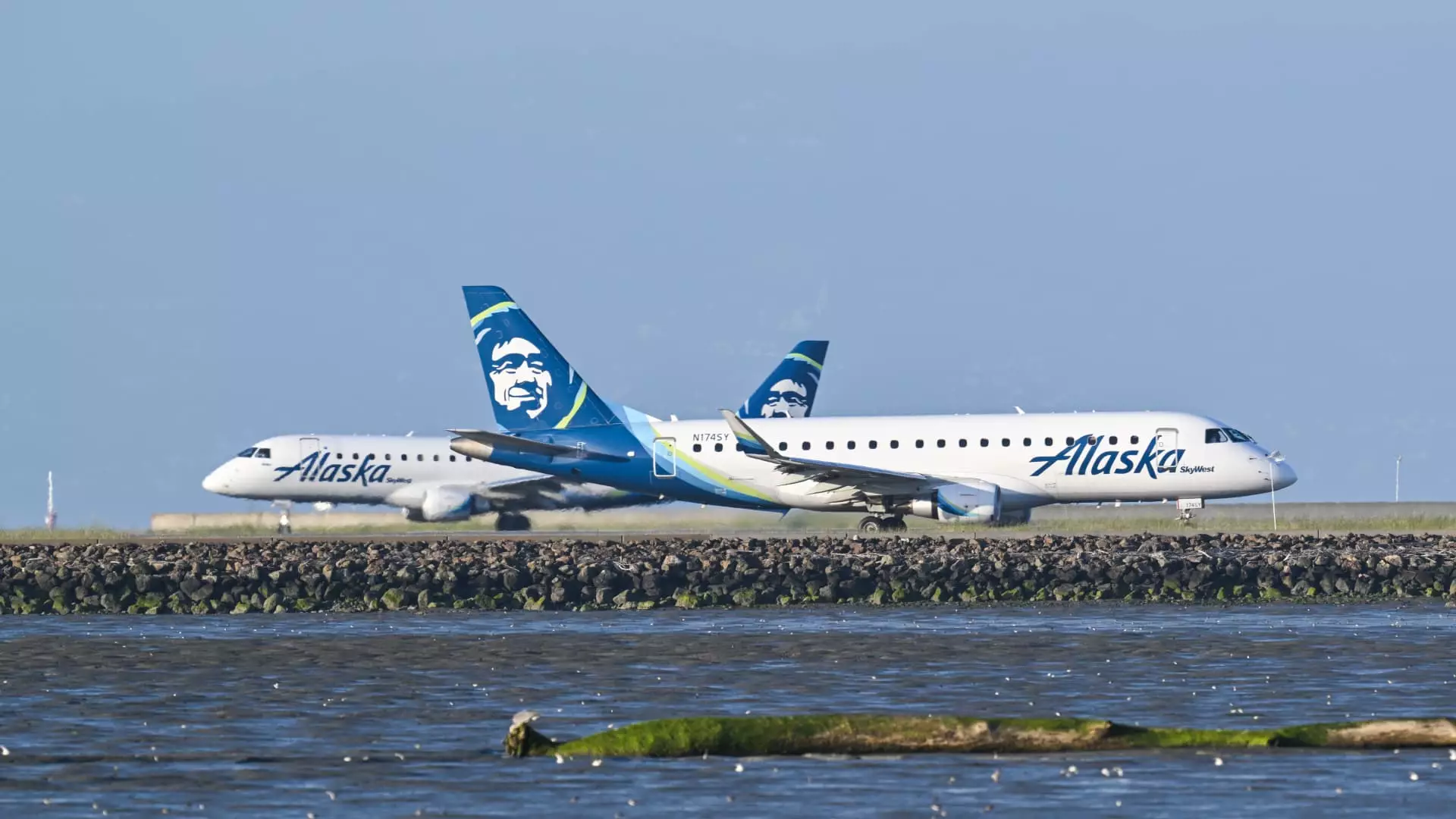Alaska Air Group is positioning itself for significant profit growth, projecting an increase of $1 billion by the year 2027. This ambitious goal is largely fueled by a strategic focus on high-end travel demand, particularly through its recent acquisition of Hawaiian Airlines. This article delves into Alaska’s strategies, market position, and future outlook, highlighting how these developments could shape the airline’s operations.
In September, Alaska Air Group successfully closed its $1.9 billion acquisition of Hawaiian Airlines. This strategic move is pivotal, not only for expanding its route network across the Pacific but also for integrating wider-body aircraft into its fleet, specifically the Boeing 787 Dreamliner and Airbus A330. Alaska Air Group’s decision to maintain the operational separation of the two airlines suggests a deliberate approach to blending brand identities while maximizing operational efficiencies.
Alaska is set to enhance its international offerings with new non-stop services connecting Seattle-Tacoma International Airport to Tokyo’s Narita International Airport starting in May. Additionally, routes to Incheon International Airport in Seoul are scheduled to launch in October 2025. These moves reflect Alaska’s ambition to not only connect domestic hubs but also tap into lucrative international markets, which frequently cater to higher-spending travelers.
The airline has authorized a substantial $1 billion share buyback program, demonstrating confidence in its growth strategy. With projected pretax margins between 11% and 13% in 2027, Alaska Air Group expects earnings per share to top $10. These projections mark an optimistic trajectory following strong anticipated earnings for 2024, which are forecasted to fall between $3.50 and $4.50 per share, inclusive of Hawaiian’s financial performance.
The response from the market has been positive, as evidenced by the nearly 40% increase in Alaska’s share price this year, significantly outpacing the S&P 500’s 27% rise. The premarket trading saw shares jumping by about 10% in reaction to the announcement of its strategic initiatives, indicating strong investor confidence.
Responding to a notable shift in consumer preferences, Alaska Air Group is also poised to introduce a new premium credit card in collaboration with Bank of America. This initiative is aimed at diversifying revenue streams beyond ticket sales, capturing customer engagement even when they are not flying.
A focus on enhancing the premium cabin experience reflects changing consumer behaviors, with more travelers opting for first-class and premium economy seating. CFO Shane Tackett highlighted that the trend over recent years has been a growing willingness to pay for upgraded services, indicating an opportunity for airlines to cater to this demand. In particular, Alaska Air is evaluating its seat offerings on Hawaiian’s A330s, recommending more spacious configurations to enhance customer comfort.
Competing airlines, such as Delta Air Lines, have noted a similar trend in purchasing habits, which shows a regional shift in demand dynamics. With Delta holding a significant share of Seattle’s domestic market at 24%, compared to Alaska’s commanding 55%, both airlines are optimizing their offerings to meet a lucrative demand for premium travel experiences. However, Delta currently maintains a stronger position in terms of international passenger traffic from Seattle, adding a competitive layer to Alaska’s expansion efforts.
Alaska Air Group is also confronting challenges associated with aircraft production reliability from manufacturers like Boeing. A recent incident involving a defective Boeing 737 Max 9 highlighted potential risks that have impacted aircraft deliveries and operational efficiencies. Tackett has emphasized the importance of maintaining a high standard of quality over sheer production rates, reinforcing Alaska’s commitment to operational excellence.
With a robust expansion strategy bolstered by a significant acquisition, Alaska Air Group is ambitiously pursuing a future marked by increased profitability and market share. By capitalizing on high-end travel demands and updating its premium services, Alaska aims to carve out a stronger position within a competitive airline landscape. However, the success of these initiatives will ultimately depend on effective execution, market conditions, and the ability to adapt to ongoing challenges in the aviation industry. As Alaska Air Group continues to evolve, its focus on profitability and customer experience will be critical in shaping its journey ahead.

